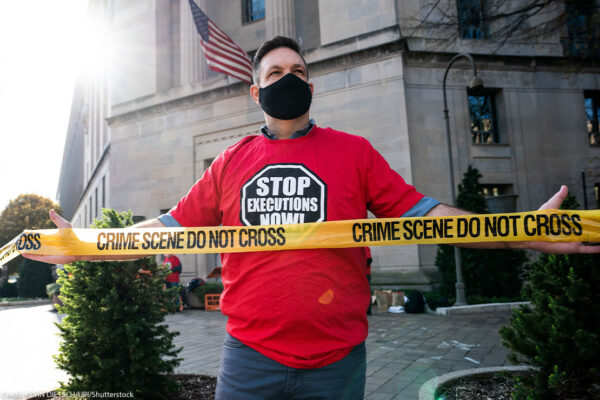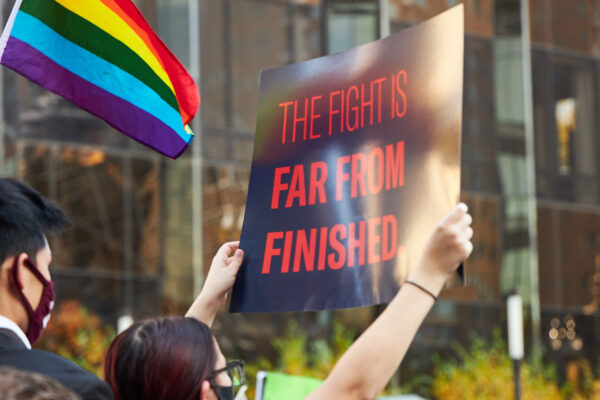By Jeffrey Ellis, Director of the Oregon Capital Resource Center
Twenty five years ago this week in a case entitled McCleskey v. Kemp, the United States Supreme Court was faced with disturbing proof that race influences who is sentenced to death in the United States. In Georgia, where the case originated, black defendants charged with killing white victims were 4.3 times as likely to receive a death sentence as white defendants charged with killing black victims. This prompted Justice Brennan to write:
"At some point in this case, Warren McCleskey doubtless asked his lawyer whether a jury was likely to sentence him to die. A candid reply to this question would have been disturbing. First, counsel would have to tell McCleskey that few of the details of the crime or of McCleskey’s past criminal conduct were more important than the fact that his victim was white….In addition, frankness would compel the disclosure that it was more likely than not that the race of McCleskey’s victim would determine whether he received a death sentence… Finally, the assessment would not be complete without the information that cases involving black defendants and white victims are more likely to result in a death sentence than cases featuring any other racial combination of defendant and victim. The story could be told in a variety of ways, but McCleskey could not fail to grasp its essential narrative line: there was a significant chance that race would play a prominent role in determining if he lived or died."
Although our criminal justice system aspires to be color blind we are tethered to our unfortunate history of racism.
Despite this proof, the Supreme Court held that it was powerless to act. This failure to make good on the guarantee of “justice for all” makes McCleskey one of the most criticized decisions in United States history.
The Supreme Court’s failure to act meant that states, like Oregon, who still had a death penalty in place, had an increased burden to guard against the infection of racism. Perhaps even more disturbing than the Supreme Court’s ruling in McCleskey is the fact that Oregon did absolutely nothing. Instead, we buried our heads in the sand by refusing to monitor the influence of race on our death penalty.
North Carolina and Kentucky created racial justice acts designed to protect against the result described in McCleskey. Washington has a system in place which requires judges to report on the race of the defendant, victim, and all the jurors in every aggravated murder case. Oregon has nothing.
Like the rest of the nation, Oregon has not eradicated racism in our criminal justice system. Less than 2% of our population is African-American, yet African-Americans comprise 11% of our death row. However, if you looked for this or other information about the influence of race on Oregon’s death penalty you would not be able to find it. Oregon does not officially keep statistics on race of the defendants, victims, or jurors in aggravated murder cases. Does the murder a white victim by a black defendant make it much more likely that a death sentence will be imposed? How many death row defendants have been sentenced by all white juries? We don’t know because Oregon did not answer the Supreme Court’s failure in McCleskey by setting up a vigorous system to protect against using the color of a person skin to make the most profound decision our government allows—to take a human life in all of our names. The Supreme Court failed in McCleskey. But, then we failed, too.
Governor Kitzhaber has recently called for Oregonians to examine our death penalty. This is one of the tough questions he has asked us to examine. Let’s hope we answer the challenge this time. After all, the question has been posed for at least the last quarter of a century.


